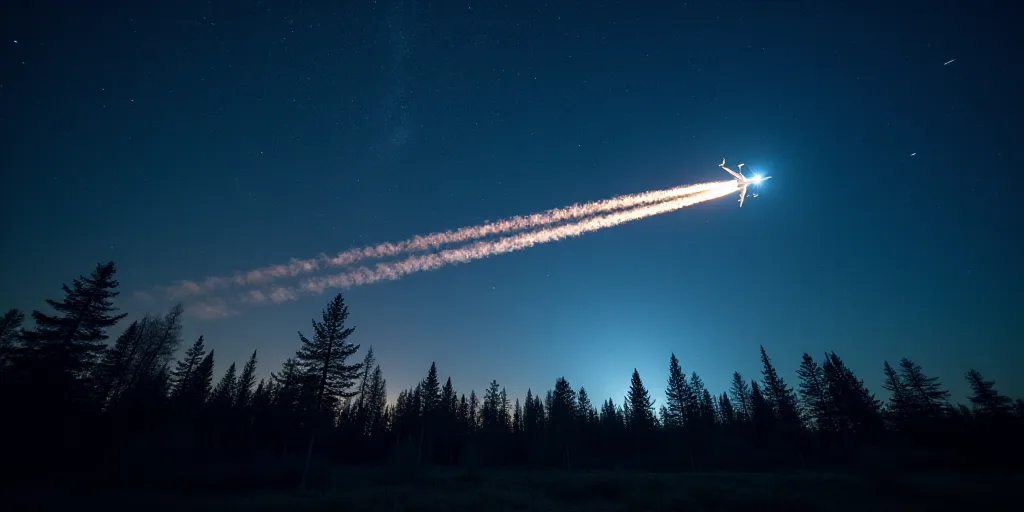April will be filled with celestial events that will delight astronomy enthusiasts worldwide. To enjoy them, we recommend being in an area with a dark sky and clear conditions, away from urban light pollution to fully appreciate these celestial wonders. Here are the four most notable events:
1. Planetary Conjunctions and Alignments
- April 1: The crescent Moon will be close to Jupiter, making it easier to locate in the night sky. Both will set around midnight.
- April 5: The Full Moon will appear near Mars in the constellation of Gemini.
- April 17: A significant planetary alignment will occur, involving Neptune, Mercury, Saturn, and Venus. Neptune will require a telescope for observation, but the other three planets will be visible to the naked eye in the early morning sky.
2. Pink Moon (Flower Moon)
April 12: The Full Moon, known as the “Pink Moon” or “Paschal Moon,” will reach its peak at 20:22 EDT. Despite its name, it won’t change color; the term originates from the wild ground orchid (Phalangium muscipula), a spring-blooming wildflower in eastern North America. This Full Moon will also be a “micromoon,” appearing 5.1% smaller and 11% less bright than a regular full moon due to its position at apogee, the farthest point from Earth in its orbit.
3. Lyrid Meteor Shower
April 16-25: The Lyrids, one of the oldest recorded meteor showers, will be active during this period, with a peak on the night of April 22. Up to 18 meteors per hour can be observed at its maximum. The radiant of this shower is in the constellation of Hercules and is caused by Comet C/1861 G1 Thatcher. It will be visible from dawn on the 22nd until dawn, appearing in the northeastern part of the sky.
4. Other Notable Events
April 25: In the early morning, a multiple conjunction will be observable in the eastern sky, where the thin crescent Moon will align with Venus, Saturn, and Mercury. Venus will be the brightest and easiest to spot, while Mercury might be more challenging to observe due to its proximity to the horizon.



